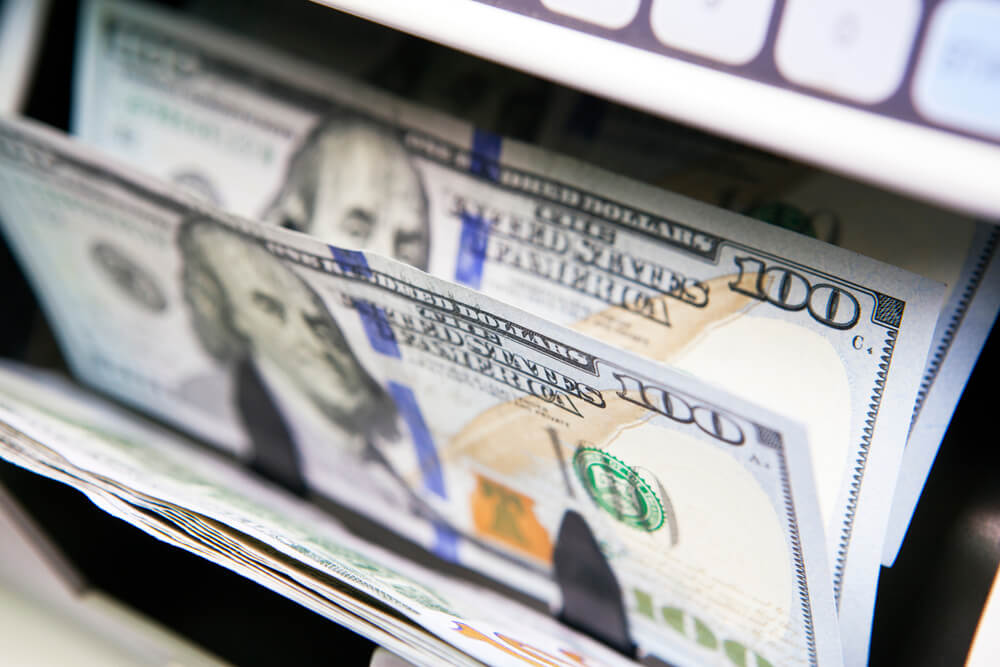API inspection reverts lukewarm data released in the previous week after showing a fall in crude inventory.
For the week ending January 22, the US crude stockpile fell by 5.27 million barrels, surpassing analysts’ projection of a 603,000 barrel buildup
The result also turned out better than the 2.56 million barrel build-up in the week through January 15.
On the other hand, gasoline inventory still follows an upward trajectory and hiked 3.06 million barrels.
Similarly, distillate products accounting for heating oil, jet fuel, and diesel, increased by 1.4 million barrels as successive mobility restrictions on key markets remain in place.
The mobility restrictions and warmer weather in the United States in two weeks undermine demand for the commodity.
With the update, WTI futures hiked by 0.51% to $52.88 per barrel for the day, reversing losses incurred on Tuesday’s volatile trading.
Following the upward trajectory, Brent crude is up by 0.41% for the day, trading at $55.87 per barrel.
Both contracts experienced setbacks earlier in the week but are remaining strong above the psychological danger zone of $50 per barrel.
In a statement, an oil analyst highlighted that the fall in supply remains the biggest supporter of oil price at the moment.
This is due to the bearish demand projections on the international market as more countries consider putting into place or extending lockdown mechanisms currently adopted.
With this, the market remains on a stand by mode, monitoring the progress made on the vaccinations across countries.
Adding a temporary cushion is the celebration of the Lunar Chinese New Year is the world’s biggest oil importer.
Chinese New Year and Oil Demand
Normally, the holiday is touted as the biggest human migration in the world. Millions of citizens regularly fly across borders to celebrate.
However, the current environment restricts the possibility of international travel. Nevertheless, domestic travel remains possible, thus increasing demand for crude oil.
Spectators are keeping close monitoring on the data from US Energy Information Administration up for release later on the day.
On the other hand, the country currently weathers a surge in Covid-19 infections. This in turn consolidates a bearish pattern for demand in the longer-term.
The government reported 75 new infections on Tuesday. This figure is lower compared to the previous days which all witnessed more than a hundred cases on the daily.
The risk now lies in the celebration of the holidays which opens a greater risk for local transmission.
















